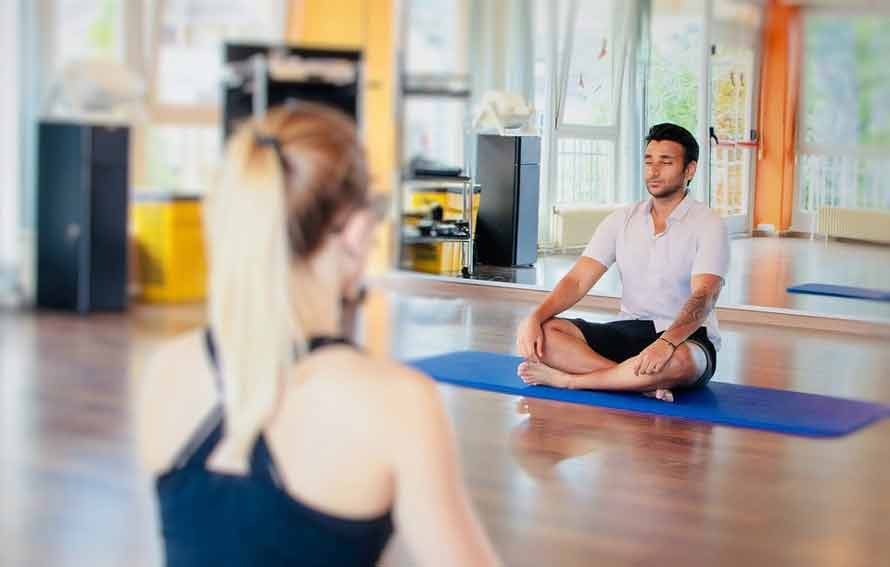This article is excerpted from Harvard Men’s Health Watch, Harvard Health Publishing at Harvard Medical School.
Yoga is a gentle practice that is ideal for maintaining back strength and flexibility. It’s also one of the more effective tools for helping reduce low back pain, the most common source of pain and disability among older adults.
Yoga Benefits
Yoga involves a series of poses, also called postures, and emphasizes breathing techniques. The postures teach you to stretch and strengthen your muscles, which helps reduce muscular tension, build flexibility and strength, and improve balance and bone strength.
For low back pain, yoga can be especially helpful to the muscles that support the back and spine, such as the paraspinal muscles that help you bend your spine, the multifidus muscles that stabilize your vertebrae, and the transverse abdominis in the abdomen, which also helps stabilize your spine.
Be Mindful of Potential Injuries
At its core, yoga is still a form of physical movement, and as with any other type of exercise, injuries can occur, especially involving the back. The main problems often happen when people don’t follow proper form and speed, and they quickly “drop” into a yoga pose without gradually “lengthening” into it, according to Dr. Lauren Elson, medical editor of the Harvard Special Health Report AnIntroduction to Yoga (www.health.harvard.edu/yo).
This is similar to jerking your body while lifting a dumbbell and doing fast reps instead of making a slow, controlled movement, or running on a treadmill at top speed without steadily increasing the tempo. The result is a greater chance of injury.
In yoga, you should use your muscles to first create a solid foundation for movement and then follow proper form that slowly lengthens and stretches your body.
Best Practice Tips
- Avoid twisting and extending at the same time. This can compress intervertebral joints.
- Rely on props like blocks and bolsters for additional support when you need them.
- If you can’t reach your toes, hold a yoga belt in your hands and loop it around your feet.
- Do forward bends while sitting rather than standing, and brace your belly as you return upright.
- Always ask for help modifying a pose, and stop any move that is uncomfortable.
Beyond Yoga
Talk to your doctor about whether it’s okay to begin a yoga program if you suffer from low back pain. Dr. Elson suggests avoiding yoga if you have certain back problems, such as a spinal fracture or a herniated (slipped) disc.
If you’ve tried yoga and you’re still suffering from back or neck pain OR if you’ve been advised against doing yoga because of your condition, the Bonati Spine Institute is here to help. Allow our physicians and staff to review your case and verify if the Bonati Spine Procedures can help you. Click here to discuss your condition with one of our patient advocates or call us at 855-267-0482.
To read the full article from Harvard Men’s Health Watch click here: https://www.health.harvard.edu/staying-healthy/the-safe-way-to-do-yoga-for-back-pain

